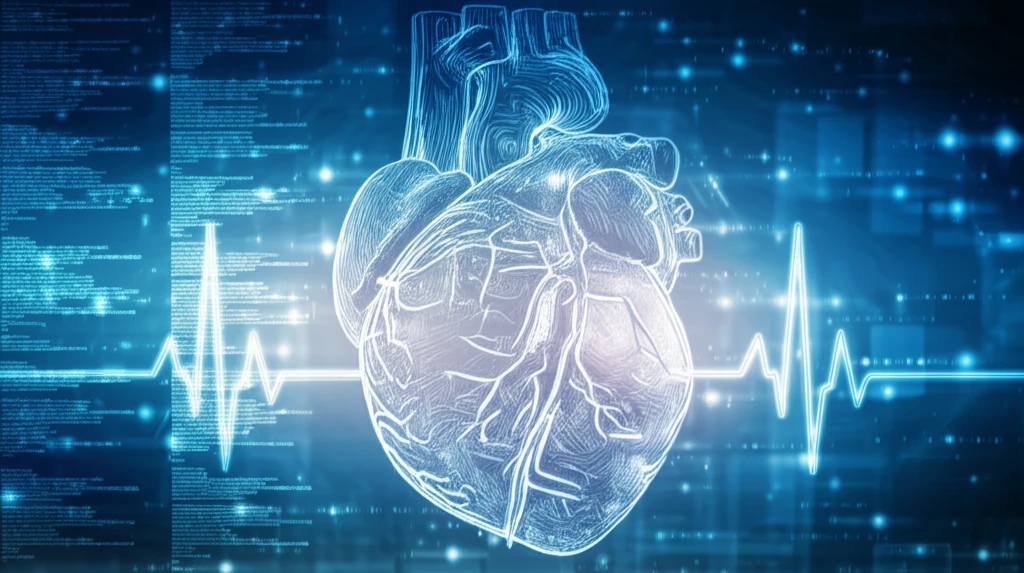
Beating Heart Woes: How Light Could Replace Electric Shocks
"Scientists are exploring gentler ways to stop erratic heart rhythms using light-based therapy, offering hope for safer and more precise treatments."
Imagine a world where heart arrhythmias are treated not with harsh electrical shocks, but with the gentle precision of light. For many, the current treatments for irregular heartbeats can feel like a necessary evil—effective, but often painful and potentially damaging. Researchers are now turning to optogenetics, a field that combines optics and genetics, to develop kinder, more accurate ways to restore a healthy heart rhythm.
Cardiac arrhythmia, characterized by chaotic electrical activity in the heart, affects millions worldwide. The condition disrupts the heart’s normal rhythm, leading to symptoms ranging from mild palpitations to life-threatening cardiac arrest. Traditional treatments like drugs and high-energy electrical shocks, while effective in many cases, come with significant drawbacks. Medications can have systemic side effects, and electrical shocks, though often life-saving, can damage heart tissue and increase the risk of future arrhythmias.
Enter optogenetics, offering a beacon of hope for a more refined approach. This innovative technique involves using light to control the activity of heart cells, or cardiomyocytes, with remarkable precision. By introducing light-sensitive proteins into these cells, scientists can use specific wavelengths of light to trigger or halt electrical impulses, essentially ‘reprogramming’ the heart’s rhythm without the collateral damage associated with traditional methods.
Shedding Light on Arrhythmia: How Optogenetics Works

The core of optogenetics lies in light-sensitive ion channels, proteins that respond to light by allowing ions to pass through cell membranes. In cardiac optogenetics, researchers introduce these channels into heart cells, typically using a viral vector. Once expressed, these channels enable precise control over the cells' electrical activity using light. For example, shining blue light on cells containing the channelrhodopsin-2 (ChR2) protein causes them to depolarize, triggering an electrical impulse. Turning off the light allows the cells to repolarize, effectively halting the impulse.
- Precision Targeting: Light can be directed to specific heart regions, minimizing collateral damage.
- Lower Energy: Optogenetics uses less energy compared to electrical shocks, reducing tissue stress.
- Reduced Side Effects: By avoiding systemic drugs and broad electrical stimulation, optogenetics promises fewer side effects.
A Future Illuminated: The Promise of Light-Based Heart Therapy
As research progresses, the potential of optogenetics to revolutionize cardiac care becomes increasingly clear. While challenges remain, including the development of safe and effective gene delivery methods and the need for more extensive human trials, the promise of a gentler, more precise approach to arrhythmia management is within reach. By continuing to explore and refine these light-based techniques, scientists are paving the way for a future where heart rhythm disturbances can be corrected with the simple flick of a switch, bringing new hope to millions of patients worldwide.
